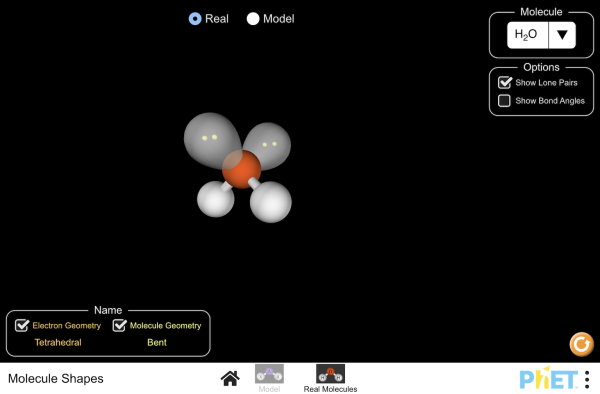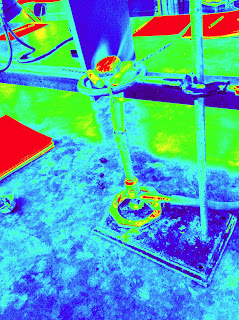Energetics and Kinetics are the chemical study of forces, motion and energy... heat transfer, reaction rates and mechanisms... Study in the Chemistry: Course Companion text topics 5 and 6. Please watch all the Thornley videos (especially this one) on topic 5 and topic 6 (and topics 15 and 16 if you are interested in HL). Work on the Energetics/Kinetics Study Packet a bit at a time over the next few weeks.
DUE DATES
Calorimetry packet
Lab 9 The Enthalpy of Neutraliztion of Phosphoric Acid due 11/25
Lab 10 part 1: Enthalpy calculations lab due 12/2
Lab 10 part 2: Enthalpy changes/Energy cycle (report conclusion) Class data set delta T due 12/9
Lab 11: Temperature and Reaction Rates Inquiry 1/12
Worksheet: reaction rate/collision
Worksheet: rate expression worksheet
Lab 12: Determining a Rate Law: Sulfur Clock Reaction
Energetics study packet due 12/11
Kinetics study packet due
Lab 13: Energetics/Kinetics Design Lab (new design rubric)
Group 4 meeting Wednesday Dec. 2nd in flex.
Candy Lab: Properties of Crystalliferous Substances
chemist tree...
ONLINE
Energetics Thornley
The cheeto experiment. ha ha aha...
DUE DATES
Calorimetry packet
Lab 9 The Enthalpy of Neutraliztion of Phosphoric Acid due 11/25
Lab 10 part 1: Enthalpy calculations lab due 12/2
Lab 10 part 2: Enthalpy changes/Energy cycle (report conclusion) Class data set delta T due 12/9
Lab 11: Temperature and Reaction Rates Inquiry 1/12
 |
| world's first ice calorimeter |
Worksheet: reaction rate/collision
Worksheet: rate expression worksheet
Lab 12: Determining a Rate Law: Sulfur Clock Reaction
Energetics study packet due 12/11
Kinetics study packet due
Lab 13: Energetics/Kinetics Design Lab (new design rubric)
Group 4 meeting Wednesday Dec. 2nd in flex.
Candy Lab: Properties of Crystalliferous Substances
chemist tree...
ONLINE
Energetics Thornley
The cheeto experiment. ha ha aha...




